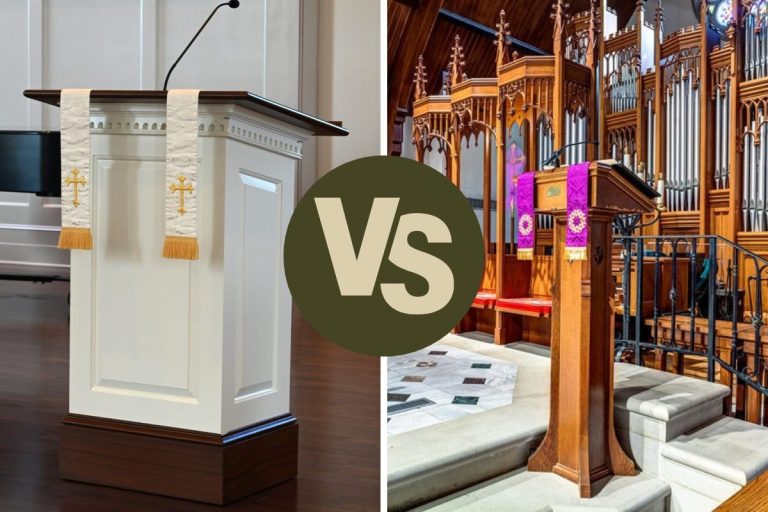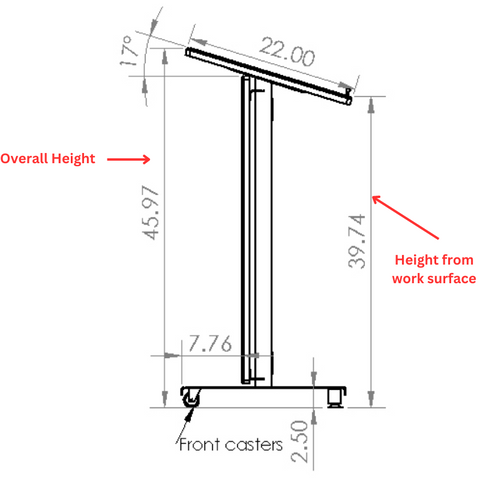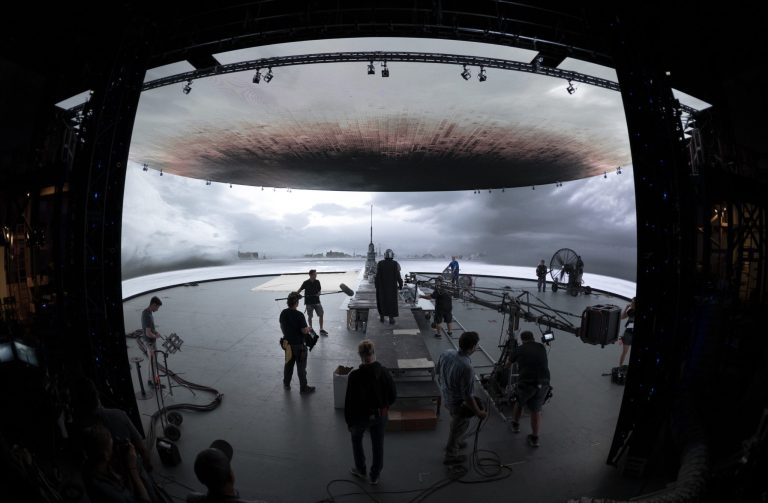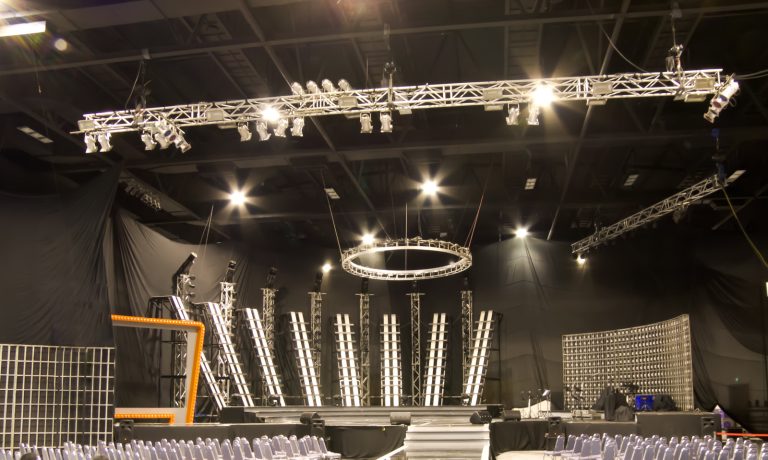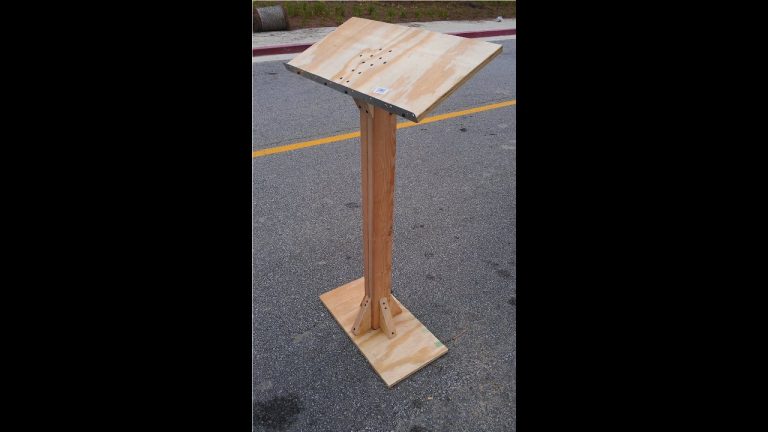Stagecrafting Best Practices
Stagecrafting best practices involve implementing efficient techniques to create visually appealing and seamless theatrical productions. These practices include strategically planning and arranging lighting, sound, set design, and props to enhance the overall production.
Proper coordination, attention to detail, and effective communication among the production team are essential in achieving a successful and captivating stage performance. From creating mood and atmosphere to conveying the storyline, stagecrafting best practices play a crucial role in immersing the audience in the world of the theater.
By following these practices, theater professionals ensure that every aspect of the production contributes to an engaging and unforgettable theatrical experience.

Credit: www.facebook.com
Stage Design
Stage design plays a crucial role in creating immersive and captivating performances. It encompasses everything from the arrangement of set pieces to the strategic use of lighting. In this section, we will explore the best practices for stage design that can elevate any production to new heights.
Understanding The Venue
Before diving into the details of stage design, it is essential to understand the venue where the performance will take place. Every venue has its unique characteristics that can influence the design choices you make. Take note of the stage dimensions, sightlines, and available infrastructure, such as rigging systems or fly spaces. By understanding the venue, you can optimize your set design and ensure that it complements the space effectively.
Creating Effective Set Designs
A well-executed set design can transport the audience to different worlds and enhance the storytelling. To create an effective set design, consider the following:
- Theme and Mood: Clearly define the theme and mood of the performance and reflect it in the set design. Whether it’s a minimalistic approach or an elaborate scenery, make sure it aligns with the overall artistic vision.
- Functionality: Set pieces should serve a purpose and enable smooth and efficient scene transitions. Consider the practicality of each element, taking into account actors’ movements and the installation process.
- Balance: Achieve a balance between the props, backdrops, and other scenic elements. The composition should draw the audience’s attention to the focal points while maintaining visual harmony.
The Use Of Lighting
The use of lighting is an indispensable aspect of stage design. It can enhance the atmosphere, highlight important elements, and guide the audience’s focus. Consider the following when utilizing lighting:
- Color and Intensity: Select lighting colors and intensity levels that align with the overall theme and mood of the production. Experiment with different combinations to evoke specific emotions or create a desired ambiance.
- Direction and Focus: Use lighting fixtures to direct the audience’s attention to specific areas of the stage. Highlight key performers, props, or set elements through strategic placement and adjustment of light angles.
- Transitions: Plan lighting transitions to enhance the narrative flow and create dynamic visual moments. Smoothly shift lighting cues to accompany scene changes, creating seamless connections between different settings.
By incorporating these stagecrafting best practices, you can create compelling and visually stunning productions that leave a lasting impression on both performers and audiences alike. Now let’s move on to the next section, where we will explore another crucial aspect of stagecrafting: sound design.

Credit: psw-files.com
Sound Design
Discover the best practices for stagecrafting sound design, including tips for creating immersive audio experiences and enhancing performances.
When it comes to creating an unforgettable stage production, sound design plays a crucial role in immersing the audience in the experience. From choosing the right sound equipment to setting the perfect sound levels and creating captivating soundscapes, there are several best practices that stagecrafters can follow to enhance the overall production quality.
Choosing The Right Sound Equipment
In order to achieve optimal sound quality for your stage production, it is important to carefully select the right sound equipment. Here are some key factors to consider:
- Choose speakers that are suitable for the size and acoustics of the venue.
- Invest in reliable, high-quality microphones to ensure clear and crisp sound reproduction.
- Consider the specific needs of your production, such as wireless microphone systems for performers who require freedom of movement.
- Ensure that the sound equipment is compatible with your existing audio setup, avoiding any potential technical issues during the performance.
Setting Sound Levels
Properly setting sound levels is essential to create a balanced and immersive experience for the audience. Here are some tips for achieving the perfect sound:
- Start by setting a comfortable volume for the audience, ensuring that it is audible without overpowering or causing discomfort.
- Collaborate with the performers and musicians to ensure that their voices or instruments are audible and well-balanced.
- Regularly test and adjust sound levels during rehearsals to achieve consistent quality throughout the performance.
- Consider utilizing sound meters or audio software to objectively measure and optimize sound levels.
Creating Soundscapes
Soundscapes refer to the ambient sounds that contribute to the overall atmosphere of the production. To effectively create captivating soundscapes, follow these best practices:
- Collaborate with the production team to understand the desired mood and setting of each scene.
- Utilize a wide range of sound effects, such as nature sounds, musical textures, and foley sounds, to enhance the audience’s immersion.
- Ensure that sound transitions between scenes are smooth, avoiding any sudden or jarring changes that may disrupt the overall experience.
- Experiment with different spatial audio techniques to create a sense of depth and realism, utilizing techniques such as panning, volume automation, and reverb.
By adhering to these best practices in sound design, stagecrafters can elevate their productions to new heights, captivating audiences and creating memorable experiences. Remember to always prioritize the quality and balance of sound, as it is an essential element in bringing the stage to life.
Props And Costumes
When it comes to stagecrafting, props and costumes play a vital role in bringing the performance to life. From creating an authentic atmosphere to helping portray characters effectively, these elements are essential for a successful production. In this post, we will explore some best practices for props and costumes, focusing on sourcing authentic props, designing and creating costumes, and maintaining props and costumes for longevity.
Sourcing Authentic Props
Sourcing authentic props is crucial in creating a believable stage setting. Whether it’s a historical play or a modern production, using props that accurately represent the time period or context enhances the overall visual impact of the performance. To find the most authentic props, consider the following:
- Research extensively to ensure accuracy and reliability
- Visit specialized prop shops or rental companies
- Scour online resources, auctions, and antique stores
- Collaborate with historians or experts for guidance
Designing And Creating Costumes
A well-designed costume can enhance a character’s personality, set the tone of the performance, and help the audience connect with the story. To create compelling costumes, keep these tips in mind:
- Understand the characters and their backgrounds thoroughly
- Collaborate with the director and costume designer for their vision
- Consider the practicality and functionality of costumes for actors
- Experiment with different fabrics, textures, and colors for visual appeal
- Pay attention to details such as accessories, shoes, and hairstyles
Maintaining Props And Costumes
Ensuring the props and costumes are well-maintained is essential for a smooth-running production. By following these maintenance best practices, you can extend their lifespan and enhance the overall quality of your performance:
- Establish a clear system for organizing and storing props and costumes
- Regularly inspect and clean items to prevent damage and deterioration
- Repair or replace any damaged or worn-out parts to maintain authenticity
- Train your production team on proper handling and care guidelines
- Create a schedule for routine maintenance and inspections
Stage Management
Stage management involves implementing stagecrafting best practices to ensure smooth and efficient productions. It encompasses organizing rehearsals, coordinating technical elements, and maintaining the overall production quality, making it an essential part of any successful performance.
Stage management is a crucial component of successful stagecrafting. From planning and scheduling to communication and collaboration, as well as safety and emergency preparedness, stage managers play a pivotal role in ensuring a smooth and effective production.Planning And Scheduling
Effective planning and scheduling are essential for a well-executed theatrical production. A stage manager takes charge of organizing the various elements of a show, including rehearsals, costume fittings, and set construction. Through careful planning and meticulous attention to detail, a stage manager ensures that everyone involved in the production is on the same page and working together seamlessly. In terms of scheduling, a stage manager must create a master schedule that outlines each aspect of the production timeline. This includes the dates and times of rehearsals, technical and dress rehearsals, as well as performances. Having a clear and concise schedule allows everyone involved to know what is expected of them and when, ensuring a smooth and efficient stagecrafting process.Communication And Collaboration
Communication and collaboration are key to a successful stage production. A stage manager acts as the primary liaison between the director, crew, cast, and production team. They facilitate effective communication and ensure that all information, instructions, and changes are properly conveyed to the relevant parties. Regular meetings and briefings are organized by the stage manager to keep everyone updated on the progress of the production. This includes sharing rehearsal schedules, script changes, and any other pertinent information. By encouraging open and clear communication, a stage manager fosters a collaborative environment where everyone feels heard and involved.Safety And Emergency Preparedness
Safety should always be a top priority in stagecrafting. A stage manager is responsible for ensuring the well-being of the cast and crew throughout every performance. This involves conducting safety briefings and trainings, creating and enforcing safety protocols, and maintaining a safe working environment. In terms of emergency preparedness, a stage manager must have a comprehensive emergency plan in place. This includes knowing evacuation routes, providing first aid training, and coordinating with local emergency services. By being proactive and prepared, a stage manager can effectively handle any unforeseen circumstances that may arise during a production. In conclusion, stage management plays a crucial role in stagecrafting. From meticulous planning and scheduling to effective communication and collaboration, as well as ensuring safety and emergency preparedness, a competent stage manager helps bring a production to life. Their expertise and attention to detail contribute to the success and smooth execution of a theatrical performance.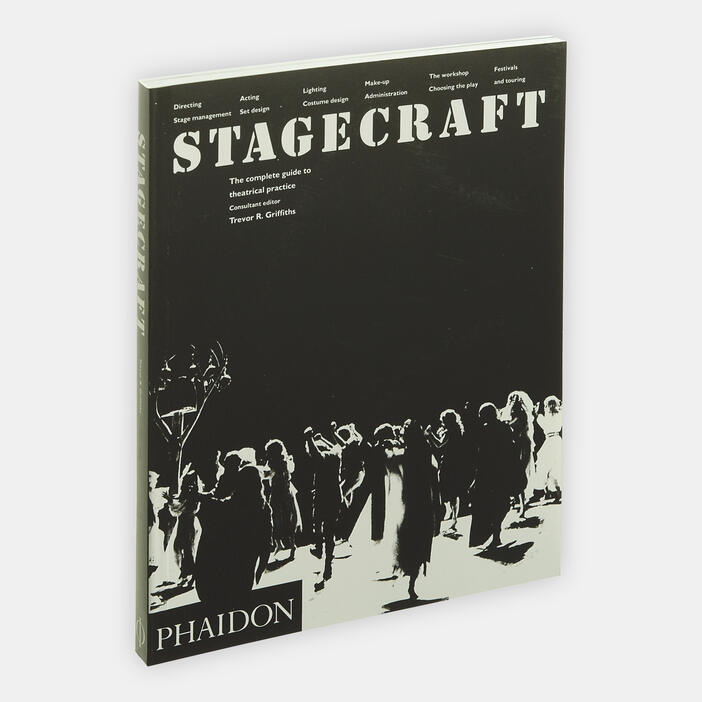
Credit: www.phaidon.com
Frequently Asked Questions Of Stagecrafting Best Practices
What Are The 5 Parts Of Stagecraft?
Stagecraft consists of five parts: set design, lighting design, sound design, costume design, and makeup design. These elements work together to create a captivating and immersive experience for audiences. Each aspect plays an integral role in bringing a production to life on stage.
What Is Stagecraft Skills?
Stagecraft skills refer to a set of abilities used in theater production, including lighting, sound, set design, and prop handling. These skills help create a realistic and captivating theatrical experience for the audience. They are crucial for bringing a script to life and ensuring smooth, professional performances.
What Is Stagecraft Knowledge And Skills Required To Create The Physical Aspects Of A Production?
Stagecraft knowledge and skills are essential for creating the physical aspects of a production. This includes set design, lighting, sound, costumes, props, and special effects. The ability to bring these elements together effectively helps create a visually stunning and immersive experience for the audience.
What Is Stagecraft In Simple Words?
Stagecraft refers to the art of creating and organizing the technical elements of a performance, such as lighting, sound, set design, and props. It involves the planning and execution of these elements to enhance the overall theatrical experience for the audience.
What Are The Essential Stagecrafting Tools For Beginners?
Having the right tools such as a hammer, screwdriver, and measuring tape is crucial for beginners in stagecrafting.
Conclusion
Mastering the art of stagecrafting requires a delicate balance between creativity, technical skill, and attention to detail. By implementing these best practices, such as utilizing effective lighting techniques, creating impactful stage sets, and harnessing the power of sound design, you can elevate the overall production value and captivate your audience.
Remember, every element on stage plays a significant role in telling a compelling story. So, embrace experimentation, embrace innovation, and let your creativity shine on and off the stage. With these guidelines, you are well-equipped to deliver stellar performances and leave a lasting impression on your audience.
